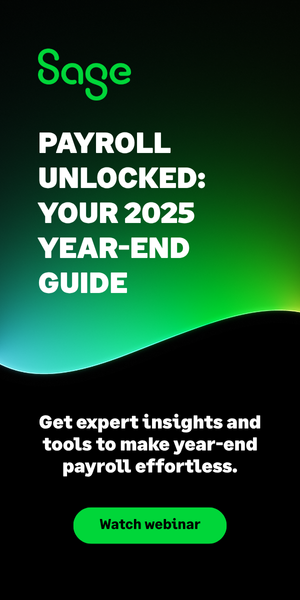How to save money when negotiating software subscriptions

How do you negotiate with savvy software salespeople? Level the playing field with these tips from IT negotiations specialist Phil Downe
TORONTO, Oct. 11, 2017 – Whether by design or accident, many Canadian accountants find themselves in software procurement roles, responsible for negotiating with savvy software vendors. How can you quickly level the playing field with sales professionals? How can you save money, avoid unforeseen costs and fend off inflexible, captive agreements? Sure, practice makes perfect, but you don’t get a second chance to make a great first deal.
Software licenses come in a variety of flavors but usually fall into one of two buckets: on-premises server licences, which carry a higher up-front cost and annual support (typically 25 per cent of the licence cost), and monthly subscriptions (subs), which are becoming a popular choice.
With subs, the buyer avoids the larger capital expenditure for the perpetual version, plus the hardware, floor-space and infrastructure, and instead pays a monthly fee for a Software-as-a-Service (SaaS) or Cloud-version. The vendor gets a steady revenue stream and maintains complete control of the product; the buyer gets a lower entry cost to a potentially costly software solution.
Subs also don’t carry extra annual support charges because those costs are rolled into the mandatory monthly fee. It all seems straight forward, especially if your organization prefers operating to capital expenditures. The first deal is always presented as easy, cost-effective and risk-free, but here’s where it helps to know some basic negotiation techniques.
Anticipate vendor revenue bundling
Let’s assume your vendor is trying to sell you three categories of subs. Each has a fixed quantity per month plus a monthly price point. The vendor’s focus will be on the low monthly net cost and all the wonderful benefits you will derive from the products.
Each of these subs will be sold in 12-month packages but the low monthly cost-benefit analysis still makes sense. Then, to give the buyer the perception of choice, the vendor will usually present multiple subscription offers, such as:
- 12 months, paid in advance
- 36 months with three annual payments in advance
- 36 months with a single payment in advance
The first will have the highest annual cost. The second will be cheaper because of the three-year commitment. The third will be the best value because it’s the same as the second, plus an additional pre-paid discount. Vendors will always push towards the highest revenue alternative because they have quotas to fill.
As negotiations proceed, the individual price points tend to get obscured. You may have a good idea of what you think you’re paying for each subscription, but the vendor will resist getting back to the minutia and steer the conversation away from the issue. They will avoid detailing any price-points in the schedules to eliminate benchmarks that could support the buyer’s future renewal negotiations.
This is a common bundling technique — avoid it. Ask the vendor for the pricing detail right up front in the request for proposal, when there is still lots of competition for your business. Have them define every licence by name with a succinct definition as to its use. Have them disclose any restrictions such as read-only, casual user, power-user, enterprise, etc., and when an additional licence or upgrade will be necessary.
Then, with clear definitions of each licence subscription, insist on the list price for each. Not, for example, a total list price of $800K for 225 subs for three years marked down to a bargain of just $500K. What you want is individual line-item list prices over a potential range of licences required and the discounts with their volume clip-levels (e.g, from 1-20, 21-50, 51-100, etc.).
This not only helps in setting up the initial price negotiations on each sub, and the standard pricing from which to negotiate future price protection for both add-on and renewal licences, but also the bundled discounts discussion. You can pre-empt the loss of individual price points and then bundle the payment stream not the pricing. You can’t negotiate effectively without a benchmark starting point.
Start with a singular, known and well-defined price point, then negotiate discounts for higher volumes, then discounts for additional modules, then apply the discounts for the length of the commitment and perhaps another for up-front payments.
Set your successor up for success
So now you’ve built your reputation as a Chartered Professional Accountant with great negotiation skills. But what happens when you’re been promoted from controller to the C-suite? What happens to your successor when you’re the new CFO or CIO?
Always keep in mind that in 36 months someone will need to re-negotiate the price on the renewal subscriptions. And you want to set your company up for long-term success. Did you work in some favorable short-term renewals? What kind of leverage are you leaving behind with no renewal options and no original pricing benchmarks?
The vendor will control the negotiation and your successor’s options will be limited. They will likely be limited to either changing out the application or reducing the number of users. You’ll have neither the time, the inclination nor the budget to do the former. The latter is just another excuse for the vendor to increase the price for lack of volume.
Make sure you have relevant pricing benchmarks in place to conduct those negotiations. Otherwise, it’s no longer a negotiation, it’s a hostage taking.
Phil Downe is an independent IT negotiations specialist and principle with Relations Management Group Inc. based in Toronto. He can be reached at 416-804-7445 or by email.










(0) Comments